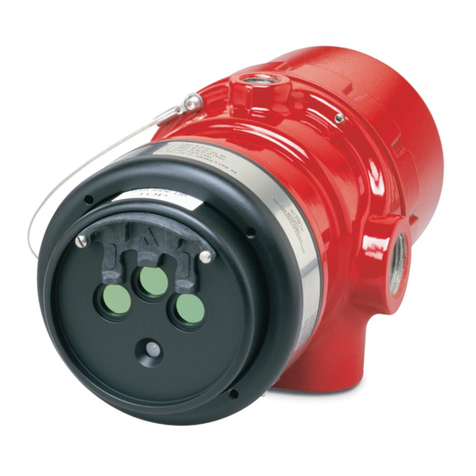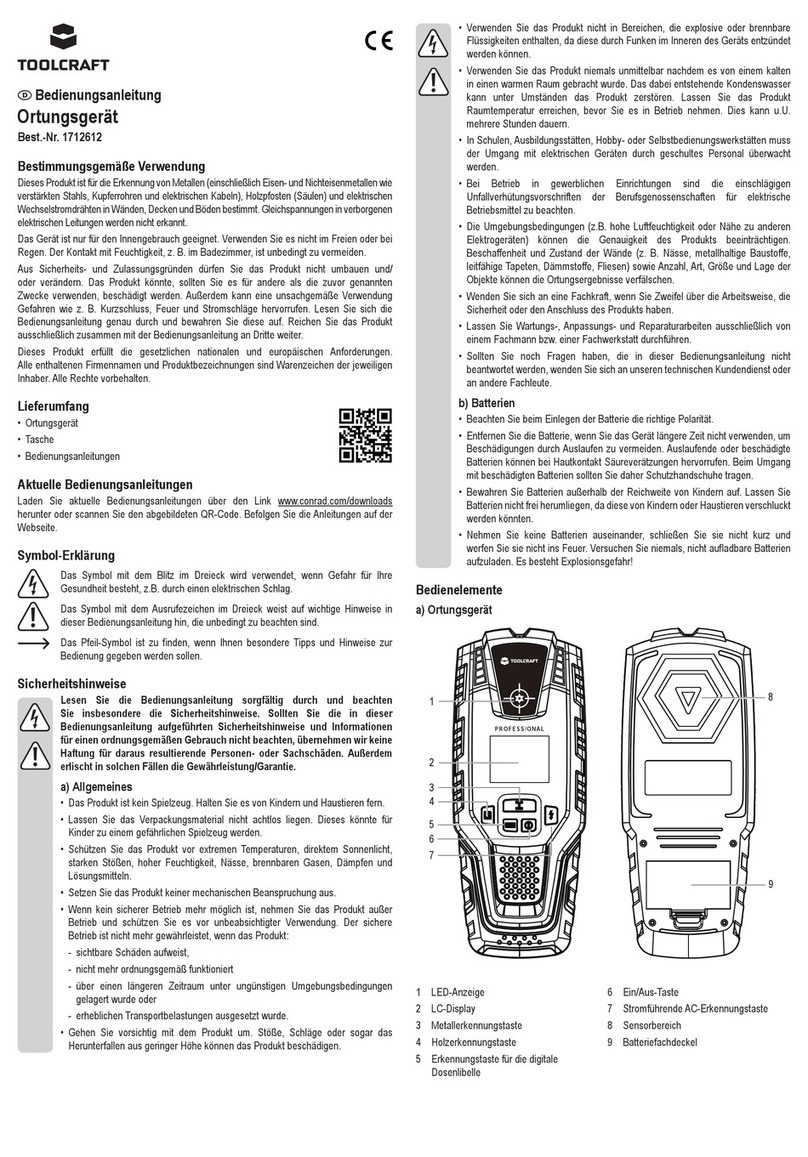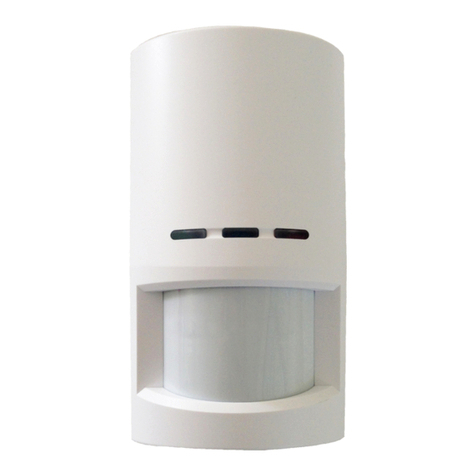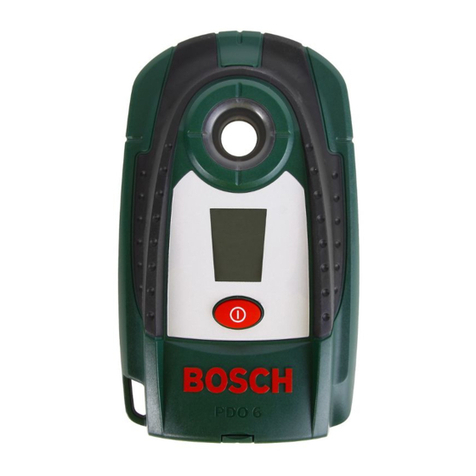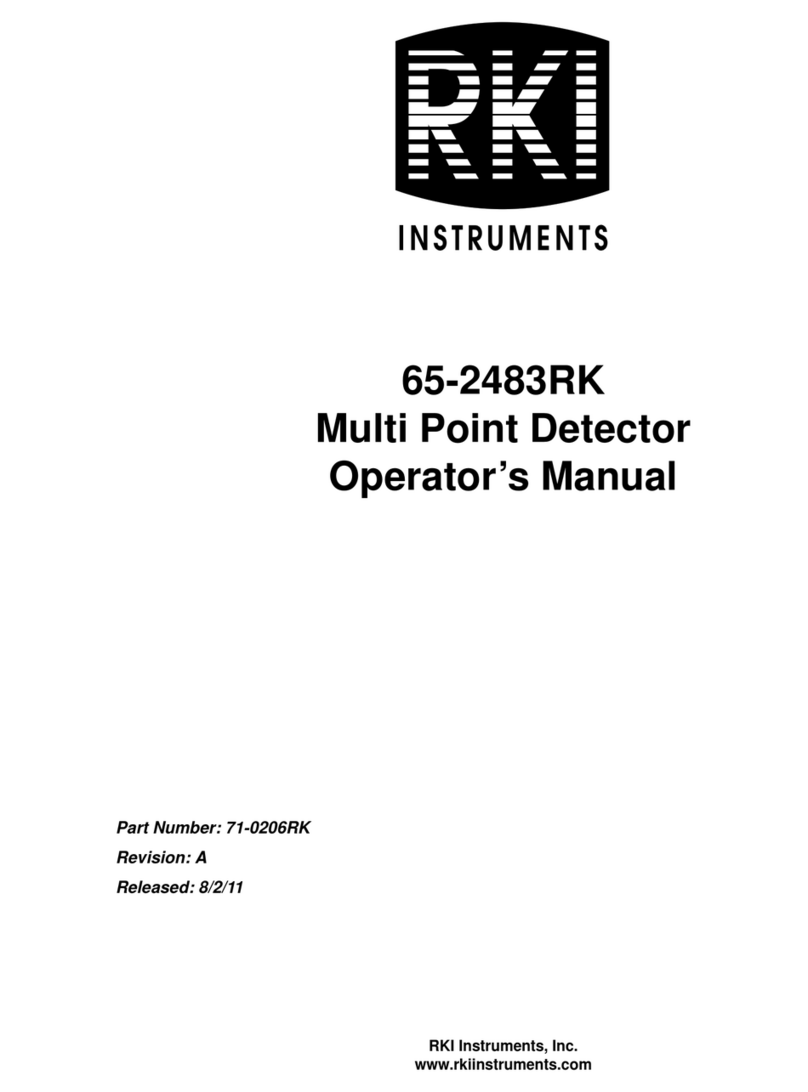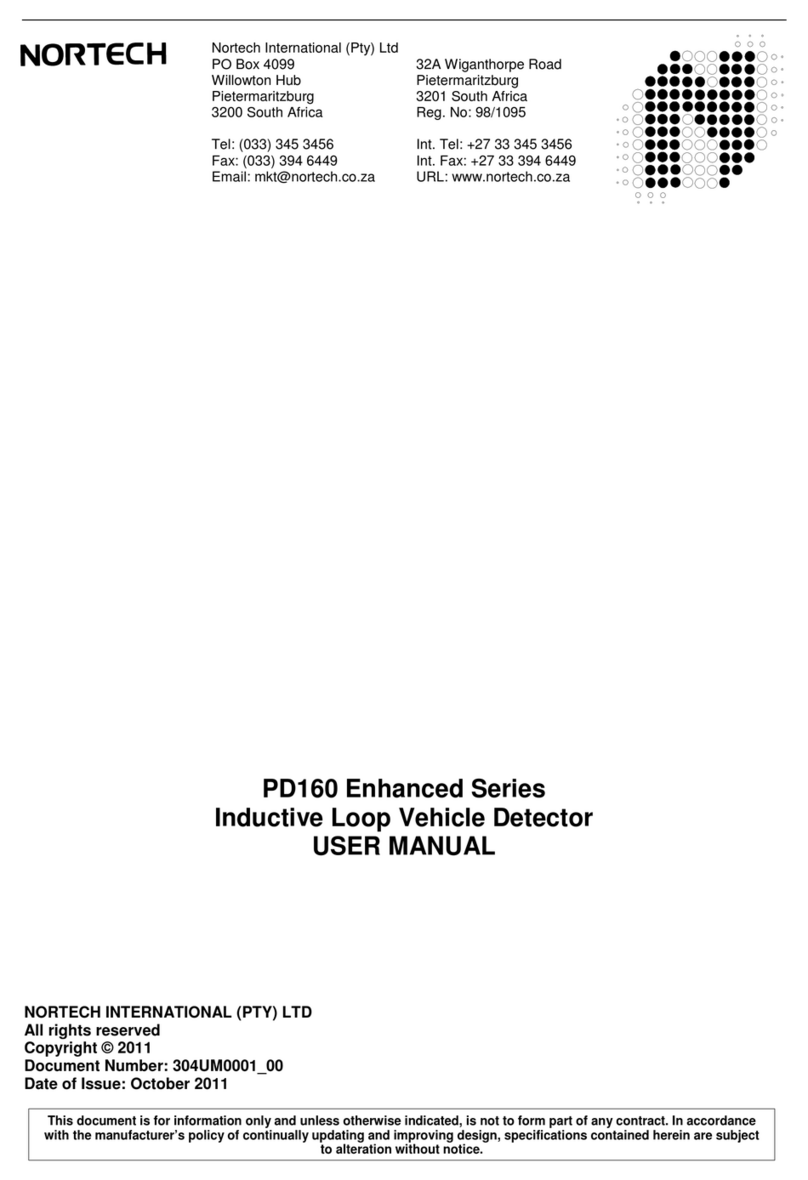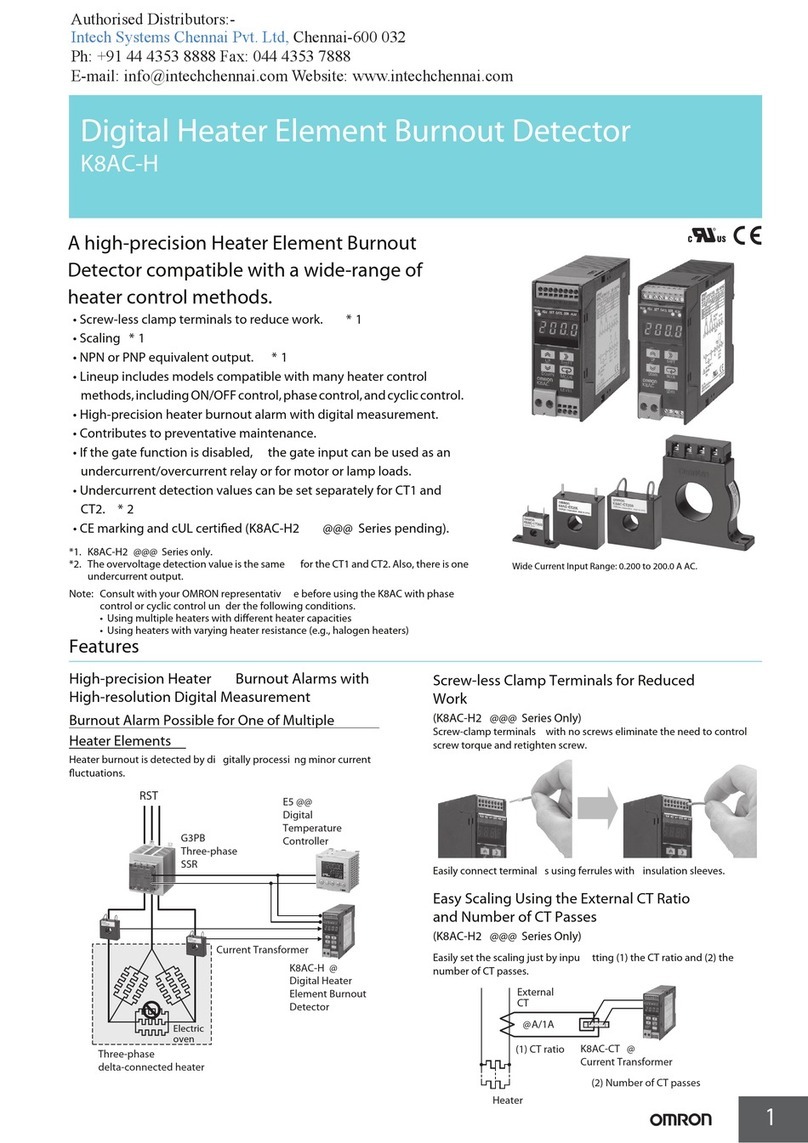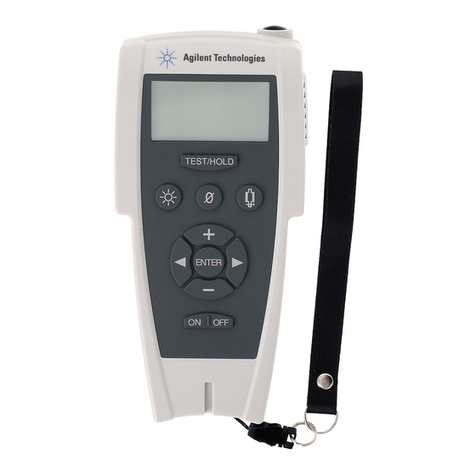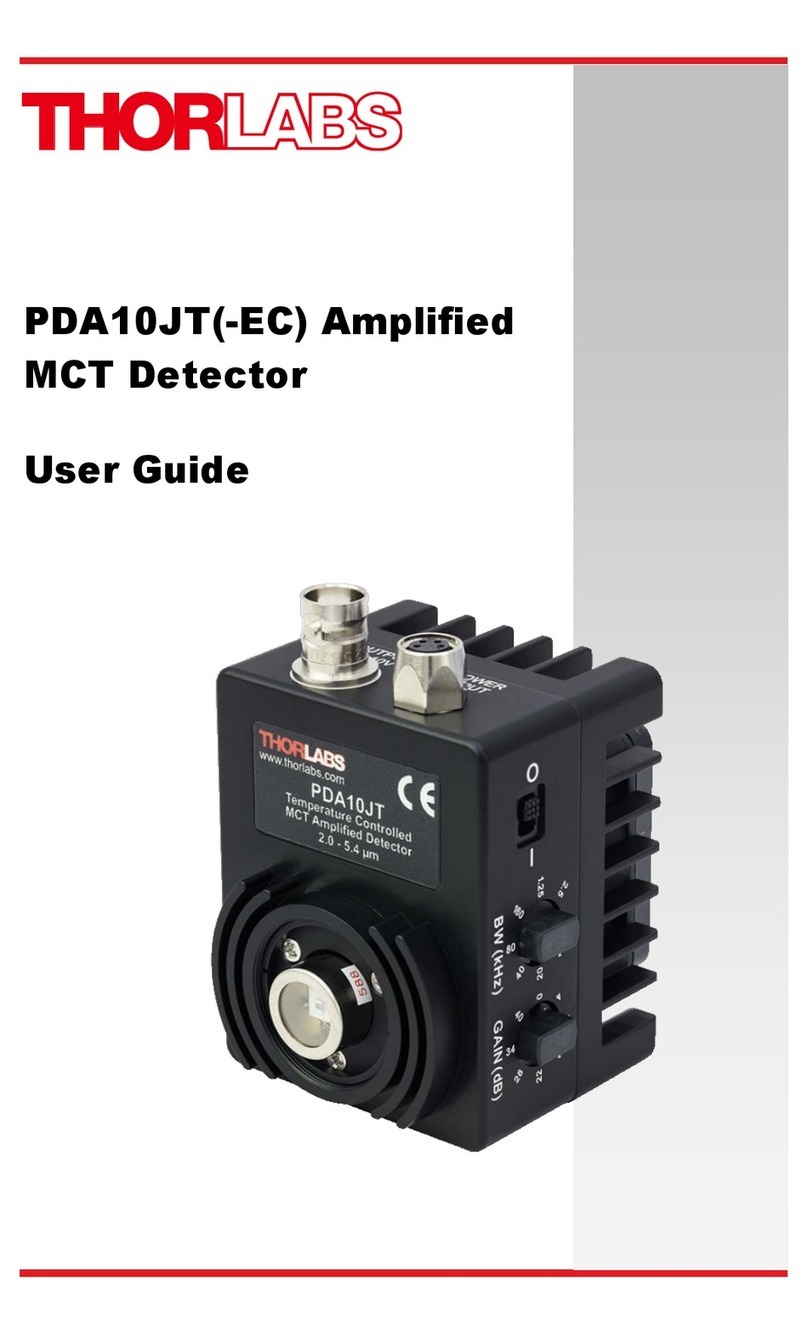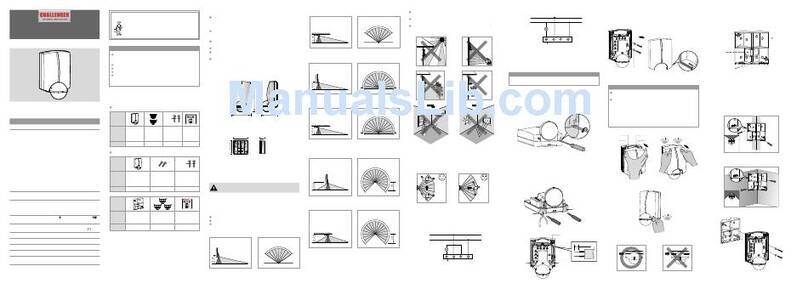
is the registered trademark owned by Mindray in China.
©2022 Shenzhen Mindray Bio-Medical Electronics Co., Ltd. All rights reserved.
Product Introduction
The CPR sensor is intended to provide real-time CPR feedback for patients at least 8 years old or above
25kg weight. It displays the depth and rate of chest compression as well as interruption time. The CPR
sensor should be used in healthcare facilities by clinical professionals trained in CPR and use of the
device.
Safety Information
WARNING
●Do not use the CPR sensor on patients under 8 years old or below 25kg weight.
●The CPR sensor is used for single patient at a time.
●The CPR sensor can be use together with Mindray defibrillator and Mindray monitor
supporting the CPR function.
●When the CPR sensor is used together with a defibrillator, make sure to follow the
defibrillator manufacturer’s instructions. Stop compressions, remove hands from the CPR
sensor and remain clear of all patient contact during defibrillation or when otherwise
required, in accordance with a proper defibrillation protocol.
●When performing CPR on a patient lying on a mattress, a backboard must be used to
limit the amount of compressed depth which is absorbed by the mattress. Depending on
characteristics of the mattress, backboard and patient, the compensation depth does not
guarantee that the patient chest is compressed by 50 mm.
●The battery indicator lighting in red indicates a low battery. To ensure the CPR sensor is ready
for operation in an emergency treatment, you should charge the battery in time. Do not
interrupt CPR when the battery indicator lighting in red during the emergency treatment.
●Do not interrupt CPR in any case, such as low battery or self-test error. Continue CPR without
feedback from the CPR sensor.
●The CPR sensor can bear at most 80kg applied force. Applying force over this limit may result
in sensor damage.
●The CPR sensor is not intended for use in a moving environment, such as an ambulance. If
used during patient transport, the CPR sensor may provide inaccurate feedback. If CPR is
indicated in a moving environment, do not rely on the CPR sensor depth feedback during
such conditions.
●Do not use the CPR sensor in conjunction with any mechanical or automated compression
device.
●Do not use the CPR sensor on top of defibrillation pads.
●Cleaning or disinfection should be performed on the CPR sensor housings after each use.
●If there are signs of fluid entry, stop using the CPR sensor immediately and contact your
service personnel.
●Do not open the CPR sensor housings. All servicing and future upgrades must be carried out
by trained and authorized personnel.

